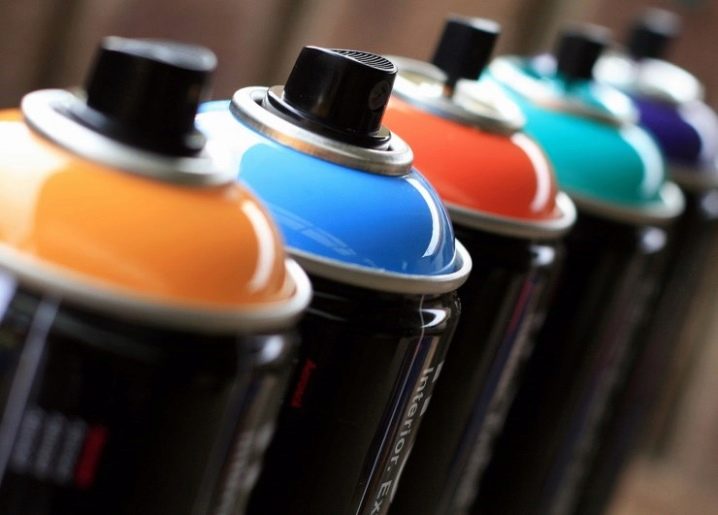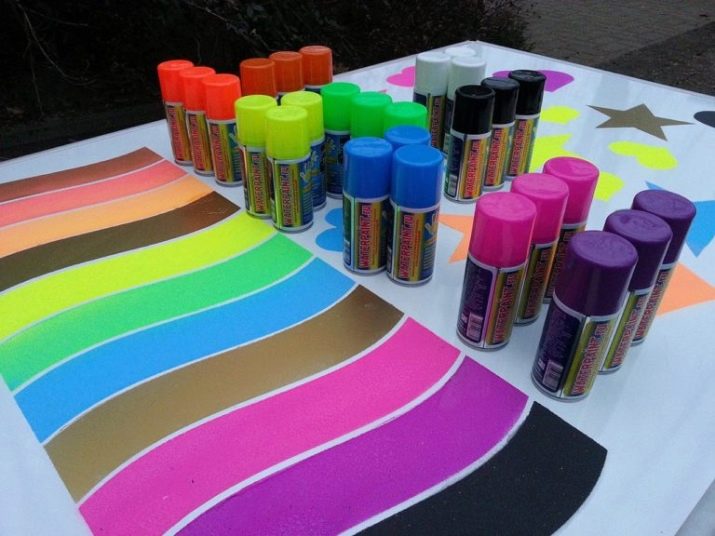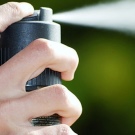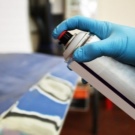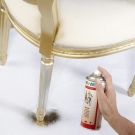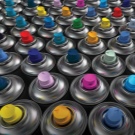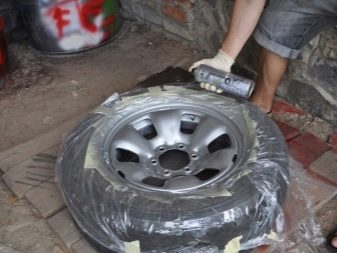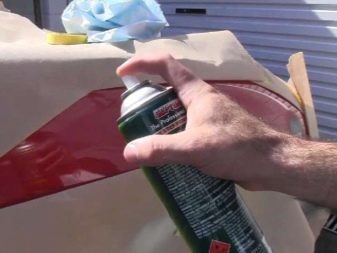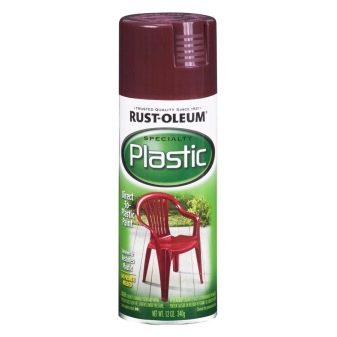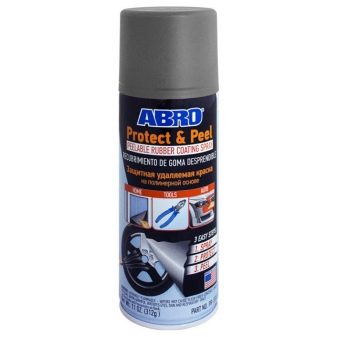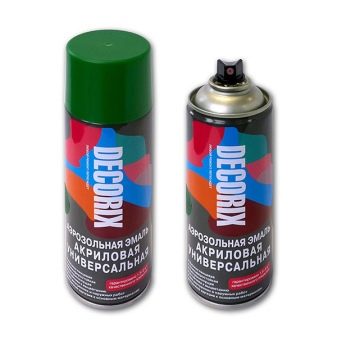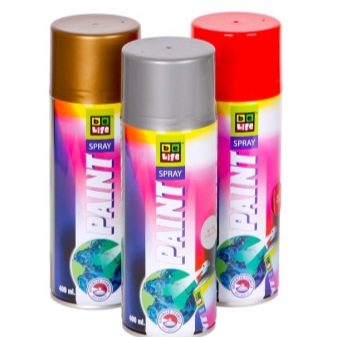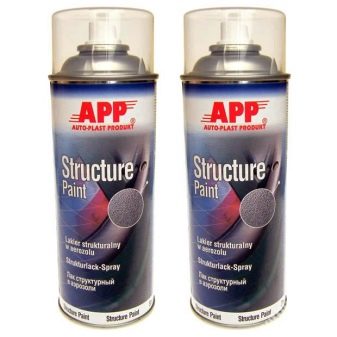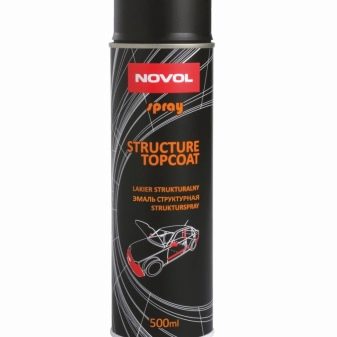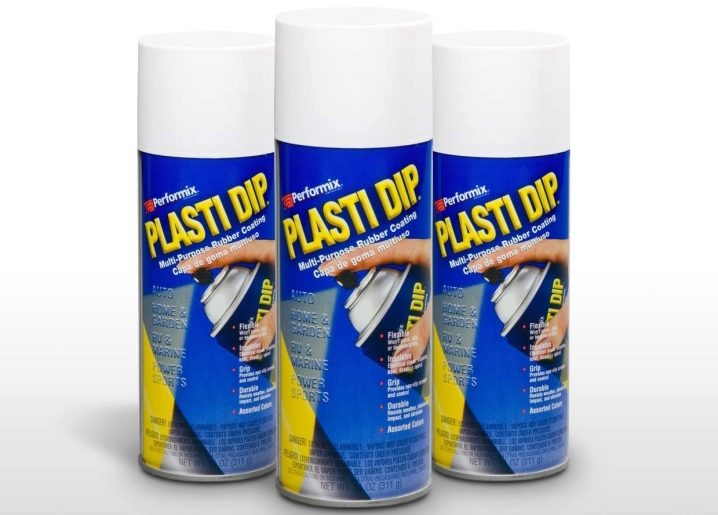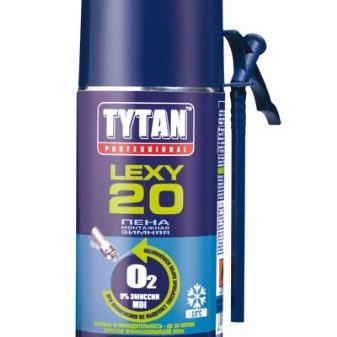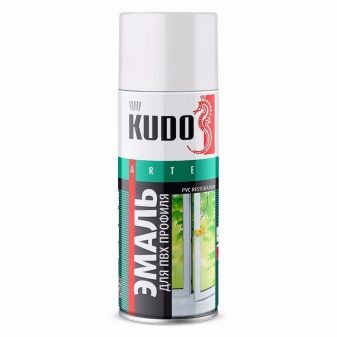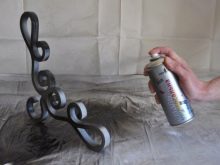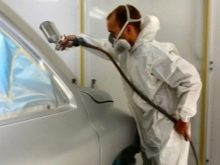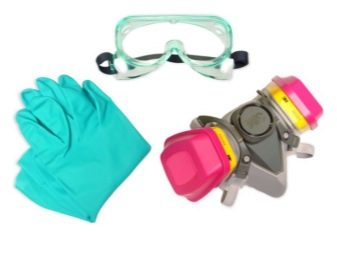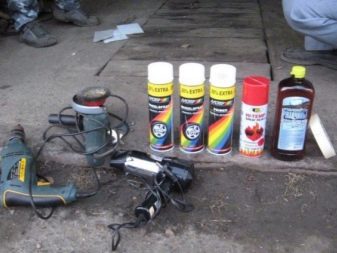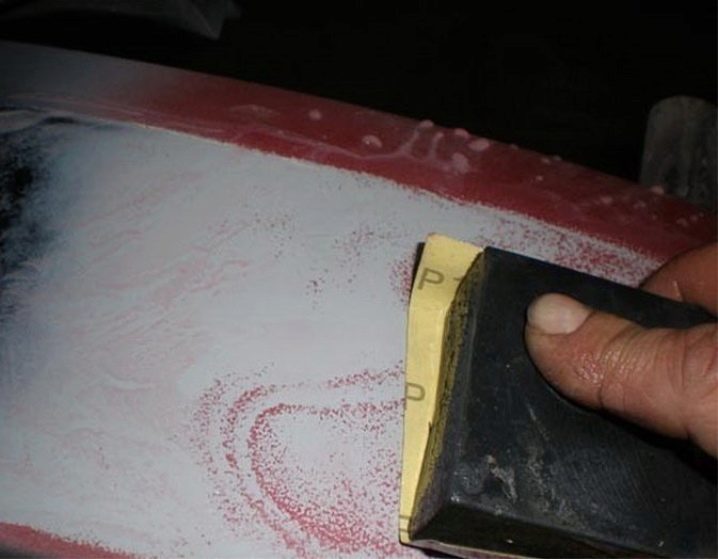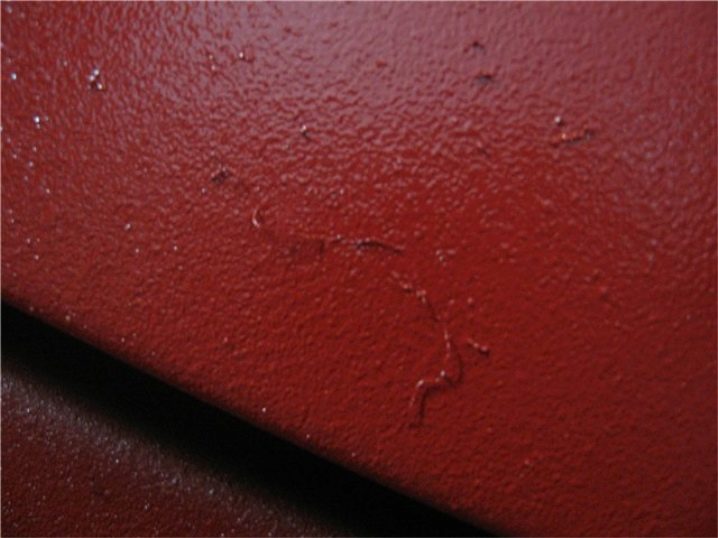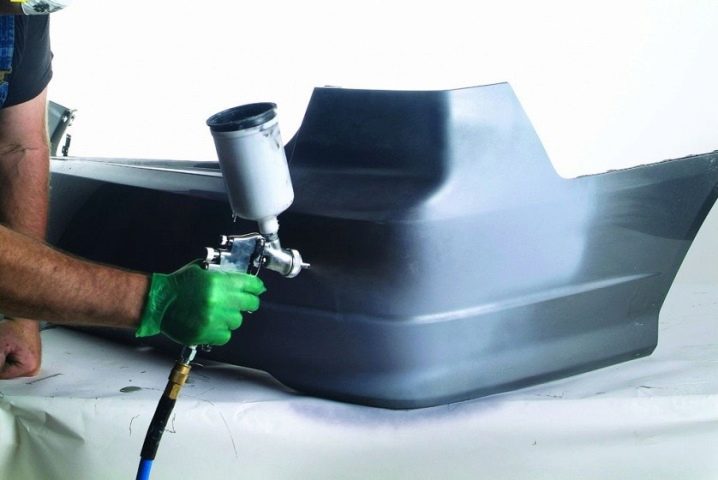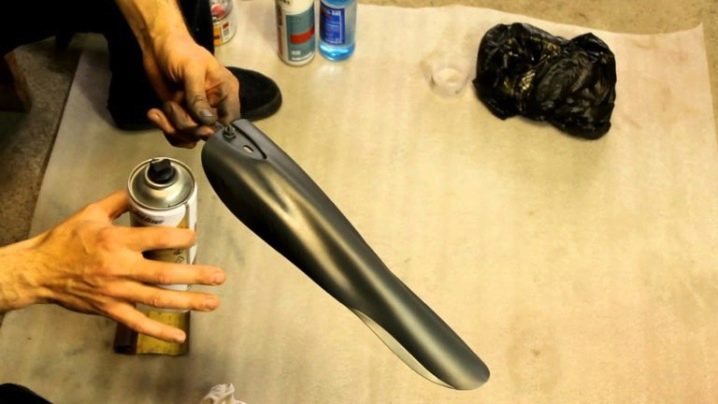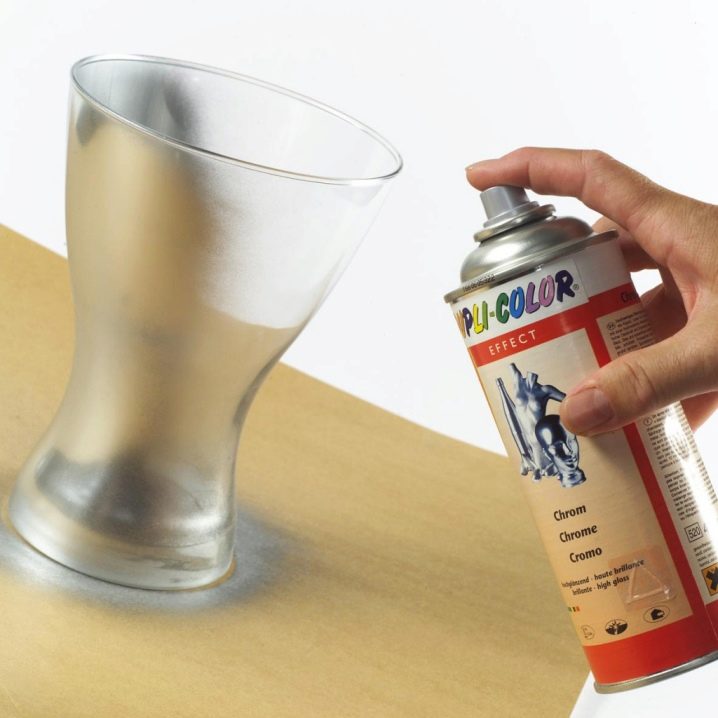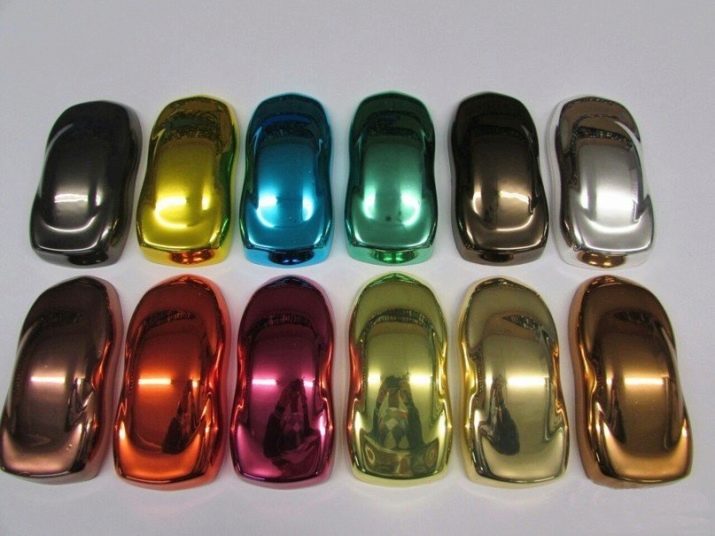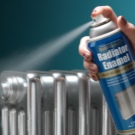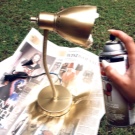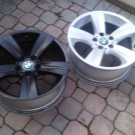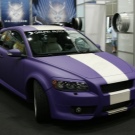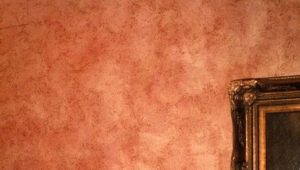Paint for plastic in cans
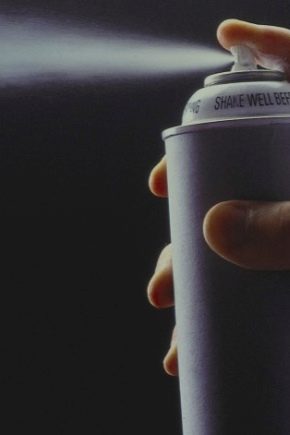
The shops sell a variety of paint coatings, designed to finish different materials.
Today we will talk about modern paints for plastic, sold in cans.
Special features
Usually plastic products are painted at the production stage, but sometimes it may be necessary to repaint the product (or its part) in a different color in order to change its appearance or restore the old coating. Special paints in cans are ideal for such purposes.
Such coloring agents differ in a special composition, thanks to which they fit perfectly on plastic, without causing harm to it.
So that when painting plastic, the coating does not peel off and look no worse than the factory one, it is necessary to choose a suitable paint and apply it correctly.
Advantages and disadvantages
The advantages of sprays include:
- convenience and ease of operation;
- even application;
- long storage;
- the richness of the color palette;
- the brightness of colors;
- resistance to the rays of the sun (do not fade or fade).
This paint does not dry up, even if you have already used the spray several times. In addition, these enamels do not require the purchase of brushes or rollers for application. Consumption is quite economical - one bottle is enough for a long time..
The disadvantages include the impossibility of self-caling. Of course, a painter in the store can create any complex color for you on request, but this will incur additional costs.
It is also quite difficult to work with aerosols for beginners: the paint may drip.
If it is necessary to paint a small area of the surface, then the rest of the area should be covered with masking tape so as not to paint on it from a spray bottle.
Types and characteristics
The easiest way to work with plastic is to use aerosol sprays. They are much more convenient for home use than canned paint. There are several types of enamels for painting plastic, produced in cans.
Polymer
Combine two functions at once: primer and coloring. They have a higher level of adhesion, therefore they do not require preliminary priming of the surface.
With acrylates and / or polyurethane additives
More durable, damage resistant compounds that are used to coat surfaces subject to impact and friction.
Structural
When the paint dries, the surface becomes rough, hiding minor defects in the material. Allows you to create a design more original than the manufacturer thought.
Soft touch
Spray can with this paint will allow you to get a surface similar to velvet. It is a good choice to add a softer appearance to the product.
Monadic
Such paints are used on PVC plastic. They are waterproof, adhere well to the surface, and are also protected from ultraviolet radiation.
Areas of use
Aerosol for plastic is used in the restoration of those products that have lost their original appearance, as well as to give them additional strength and moisture resistance. This paint is also used for painting cars and in interior decoration..
Both professional car dealers and designers, as well as beginners work with it, because it is very convenient.
Instruments
Despite the fact that when working with aerosols, you can do without various brushes and rollers, you need to prepare the following for convenience of work:
- "Skin" of small grain;
- water, cloth and detergent;
- masking tape, if you are not processing the product entirely;
- any degreaser containing alcohol;
- primer for some types of plastic (ABS and PVC plastic);
- protective equipment: goggles, gloves and a respirator or mask.
Stages of work
When the enamel is sprayed from a balloon in the air, a suspension of tiny particles of paint is formed, which can get on the skin and inside the respiratory tract. Therefore it is important to wear glasses, work gloves and a respirator (if possible) before starting work.
Surface preparation process
Before proceeding directly to the staining, the plastic must be prepared in a certain way.
- To begin, the product must be cleaned with a stiff brush and detergent, then rinsed with water and allowed to dry completely.
- After that, the product is polished with "sandpaper", smoothing out all the irregularities.If the defects are too deep, you can use a special primer for plastic and level the surface.
- Then the plastic must be treated with a degreaser, and then you can proceed to the primer, if it is necessary for this type of material.
- If there are doubts about the type of material, then the primer is better to put in any case. It will not be superfluous, but it will provide a more reliable adhesion of the paint and the surface of the plastic.
On how to properly prepare the plastic for painting, see the following video.
Painting
Painting from a can occurs in several stages:
- First, with cardboard, film or an unnecessary piece of cloth, it is necessary to close all areas not intended for painting. Very small areas can be stuck with adhesive tape (use masking as usual adhesive tape can damage the old coating when it is removed). If the product is small, it is desirable to put it horizontally on any surface over which the paint will be sprayed.
- Shake the paint bottle for 30-40 seconds to mix the dye evenly.
- Remove the cap from the sprayer at the top of the bottle.Apply the paint on the plastic with constant smooth movements, without keeping the hand in one place, in order to avoid the appearance of streaks.
If you are using a new bottle, it is advisable to check the color and consistency of the dye on a separate piece of cardboard or on the side of the product that is least visible. Also, the first seconds of the paint from the container can come out in jerks. Do not begin to paint the surface until the jet is smooth and wide.
- Hand with a balloon must be kept at a distance of not less than, but not more than 20-30 cm from the surface to be painted.
- After applying the first coat, let the paint dry for 30-40 minutes. Then you can apply a second layer and also let it dry. If necessary, it is permissible to apply additional layers according to the same algorithm.
- Despite the fact that the paint itself dries quickly enough, it is not recommended to use a painted product for one day. During this time, the coloring matter finally polymerized, so the surface will be reliably protected from various damage.
Getting a mirror coating
To achieve the effect of polished metal to the gloss of silver or gold color, plastic is coated with a special paint, and the process itself is called chrome plating.
The price of this service is quite high, so independent work with such a dye is a great opportunity to save money.
In general, the process of working with paint under chromium is the same as with any mixture for plastic in a balloon, only spray is applied on the surface that has already been pre-painted with black paint. Without preparatory coloring in black color to create a mirror effect at home just will not work..
There are a few more subtleties of chrome staining:
- It is better not to strive for cheapness and to purchase proven compounds from foreign manufacturers.
- It is more difficult to apply such an aerosol than ordinary paint, so it is worthwhile to pre-train on various surfaces and areas.
- If the product will be varnished, you must first check the compatibility of the acquired paint and varnish. Some types of lacquer blends can destroy even a correctly applied layer of chromium.
It is necessary to be prepared for the fact that paint from a balloon and chrome-plating with your own hands do not always give the effect of salon coloring, but the development prospects in this direction are quite high.
